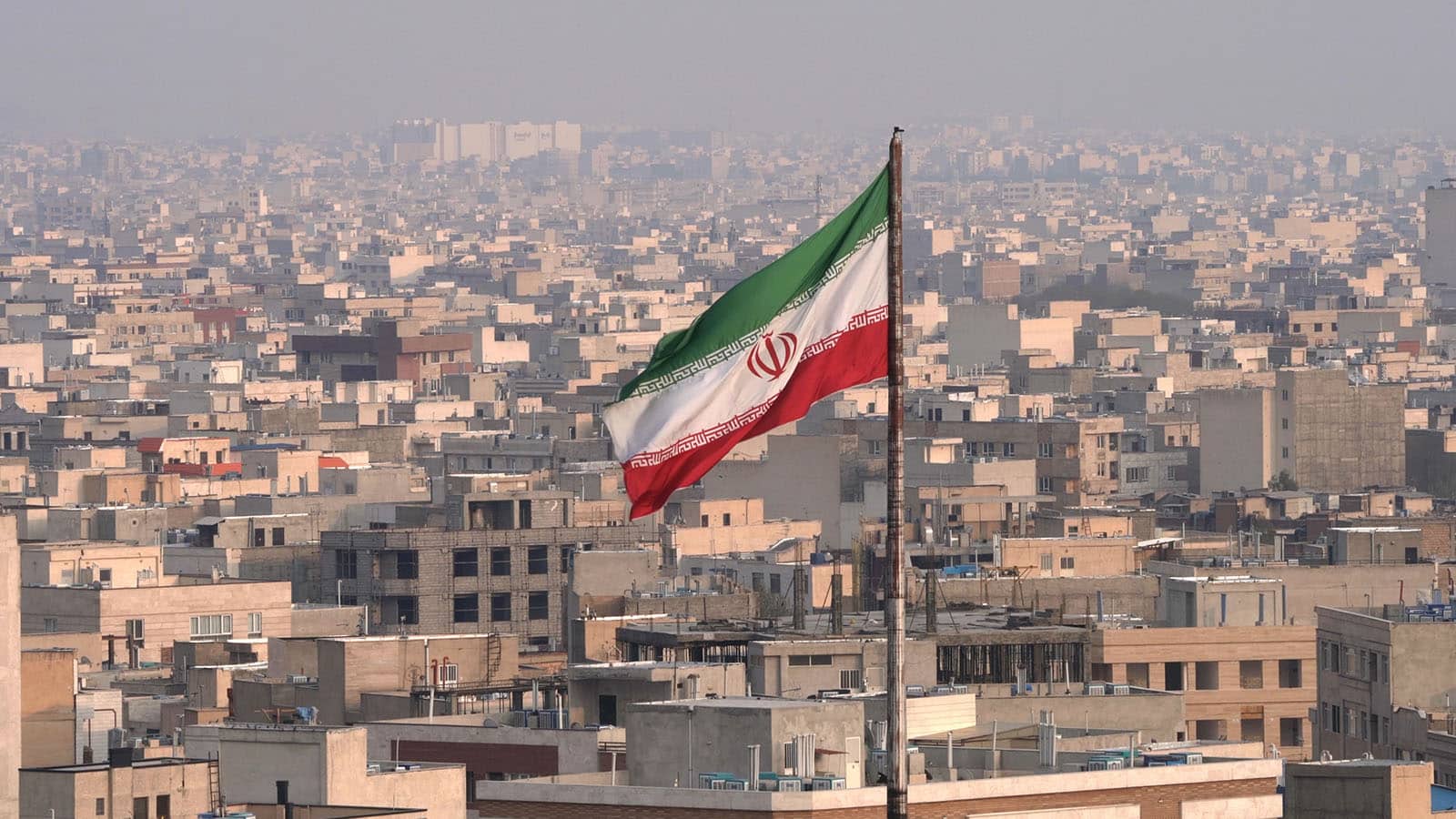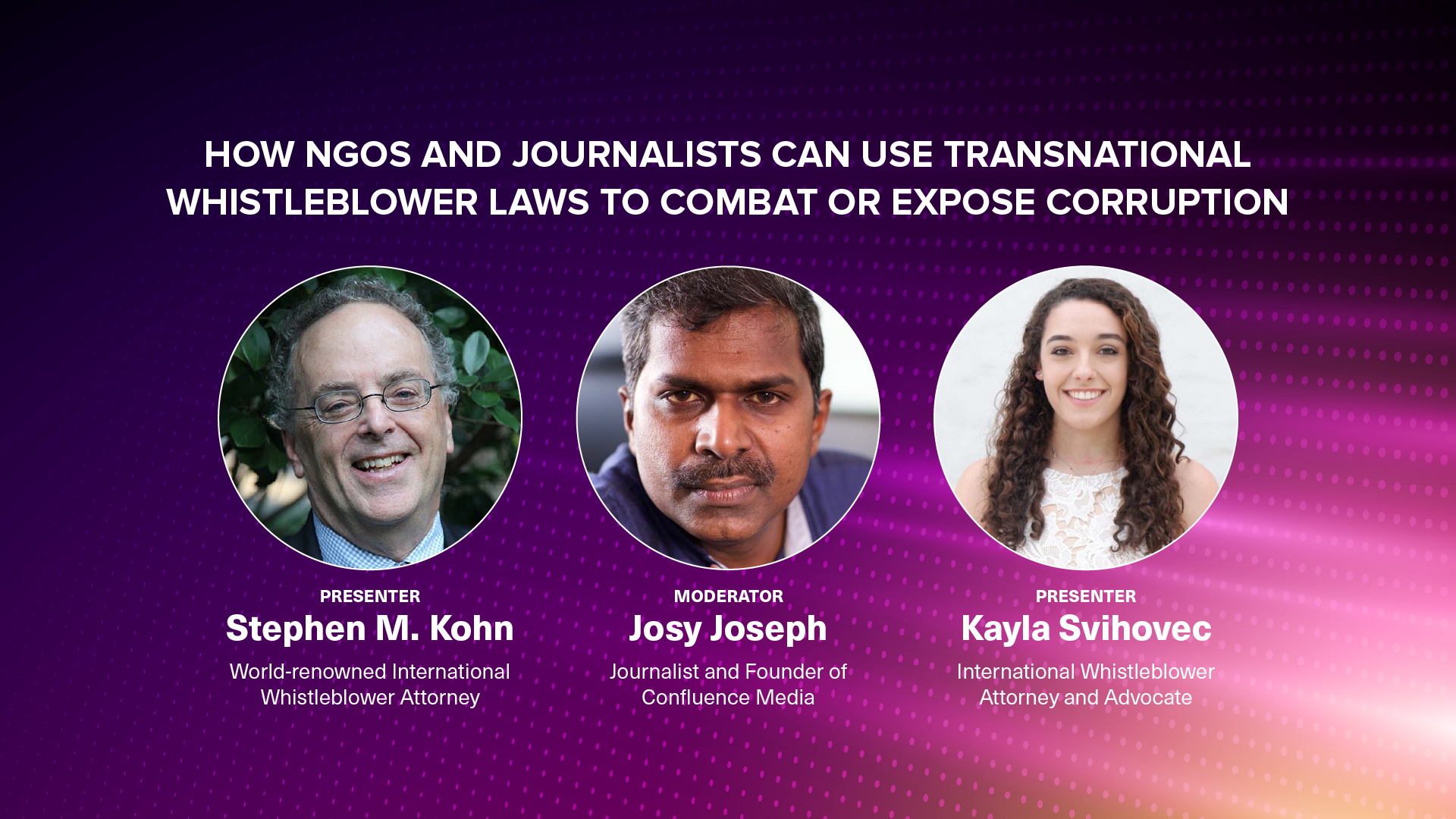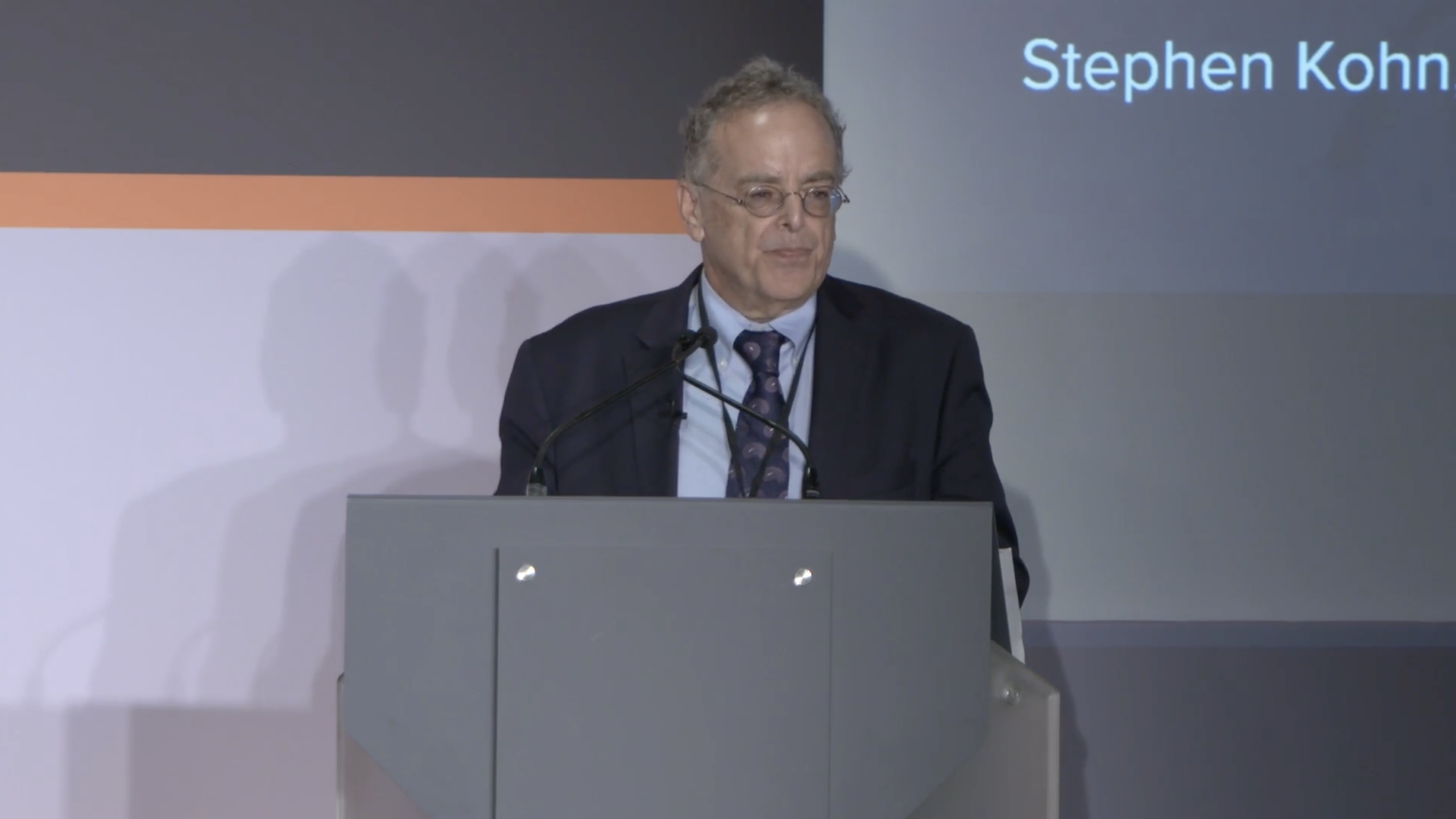What is Structuring in Money Laundering?
Structuring is a money laundering technique where large sums of illicit money are broken into smaller amounts and deposited separately to avoid detection. Those who report structuring may be eligible for rewards under the AML Whistleblower Improvement Act of 2022.
Updated
May 14, 2025

Structuring, often referred to as “smurfing”, is a technique employed in money laundering and financial fraud. It involves breaking down large amounts of illegal funds into smaller, lesser amounts, which are then deposited separately into legit bank accounts to escape detection.
The primary reason behind structuring is to circumvent the regulations and reporting requirements that financial institutions must adhere to.
For instance, in the United States, banks are required to report any transaction exceeding $10,000 to the federal government. By splitting these amounts and depositing them in smaller increments over time, launderers can ostensibly remain under the radar.
How Does Structuring Work?
Money obtained from illicit actions is deemed “dirty.” Through structuring, this capital is “cleaned,” allowing its use without links to its criminal origins. How does this process work exactly? Below is a quick breakdown of this activity:
- Initial Collection: The launderer gathers a significant sum of illicit funds. This could be through illegal activities like drug trafficking, bribery, terrorism, extortion, or fraud.
- Breakdown: The funds are divided into smaller amounts, ensuring each segment remains below the threshold that requires reporting.
- Staggered Deposits: These smaller amounts are deposited into banks or financial institutions over a period, sometimes across multiple institutions or geographies.
- Layering: To further mask the source, these funds might be transferred between accounts, used to purchase assets, or even sent overseas.
- Integration: Once the money is successfully ‘cleaned’, it’s reintegrated into the economy, appearing as legitimate income or assets.
The method described above is one of the most common forms of structuring, often referred to as “smurfing.” However, structuring can take many forms, and the method outlined is not exhaustive.
The Implications of Structuring
At first glance, structuring may appear as just another financial strategy, but its implications run deep and are more damaging than one might assume.
The United Nations Office on Drugs and Crime estimates that the amount of money laundered globally in one year is 2-5% of global GDP, or $800 billion to $2 trillion in current US dollars.
Much of this involves practices like structuring. By allowing these vast sums of illicit funds to circulate undetected, criminal networks grow stronger, directly challenging the foundations of societies built on principles of fair trade and integrity.
Furthermore, economies suffer from the repercussions of structuring.
A study from the International Monetary Fund highlighted that money laundering and its associated practices can erode financial institution soundness by undermining the integrity of financial markets. It diverts funds away from economically productive uses, feeding black markets and stunting growth in legitimate financial sectors. The long-term effects of such activities can lead to economic instability and reduced investor confidence.
Whistleblowers: Report Structuring Under the Improved AMLA
Under the AML Act, individuals, including those outside the U.S., can qualify for rewards by providing crucial information that aids successful investigations into money laundering offenses, such as structuring.
With the AML Whistleblower Improvement Act of 2022, whistleblowers can now receive between 10% and 30% of sanctions levied against money launderers, with the award contingent on the relevance of the shared information.
Whistleblowers are able to anonymously submit tips about money laundering and sanctions violations to the Financial Crimes Enforcement Network (FinCEN) by having a licensed U.S. attorney file the claim on their behalf. A whistleblower who files anonymously is still eligible for monetary awards under the whistleblower award provisions of the AML Act.
The Importance of Hiring an AML Attorney
Taking into account the complexity of the Anti-Money Laundering Act of 2020, along with its expansive reach covering various sectors and the heightened emphasis on whistleblower provisions, it becomes evident that navigating this terrain requires specialized knowledge.
Hiring an AML lawyer is strongly advised, primarily because such professionals are well-versed in the nuances of the Act. They can provide essential guidance to both organizations and individuals, ensuring compliance with the AML regulations and assisting whistleblowers in understanding their rights, protections, and potential rewards.
For individuals and entities aiming to operate within the law or whistleblowers seeking to come forward with critical information, the expertise of an AML attorney not only simplifies the process but also offers a shield against potential pitfalls, ensuring that actions taken align perfectly with the stipulations of the AML Act.
Our Firm’s Cases

$2 Billion Recovered
Wilkinson blew the whistle on a $230 billion Russian money-laundering scandal that moved rubles out of Russia, converted them to dollars at Danske Bank Estonia Branch, then to moved the dollars to New York. The largest money laundering scandal in history.





